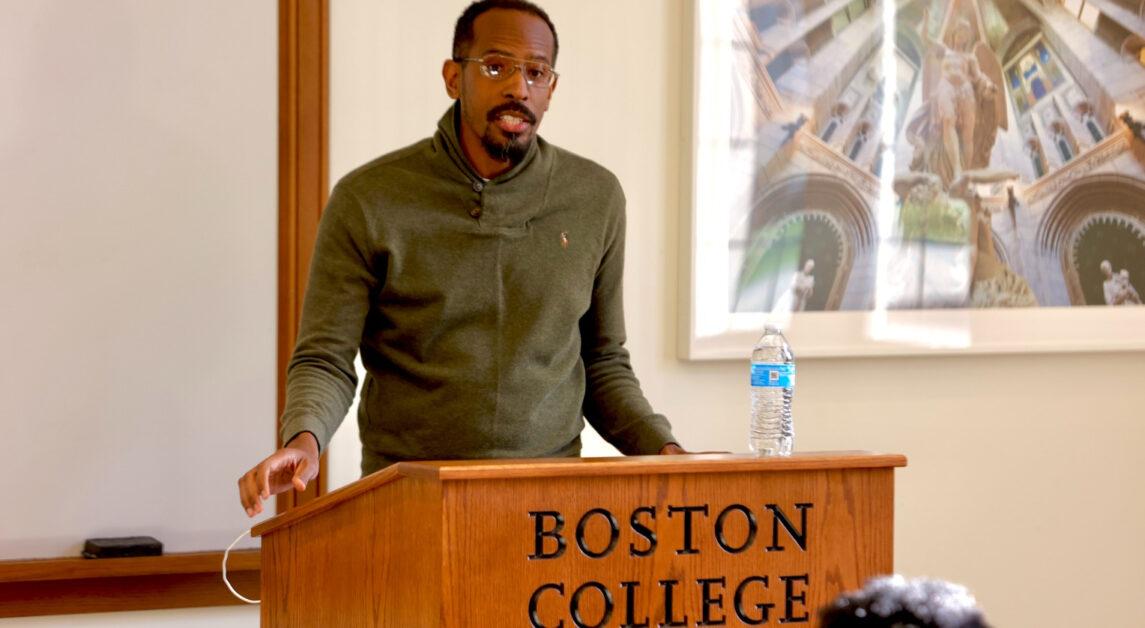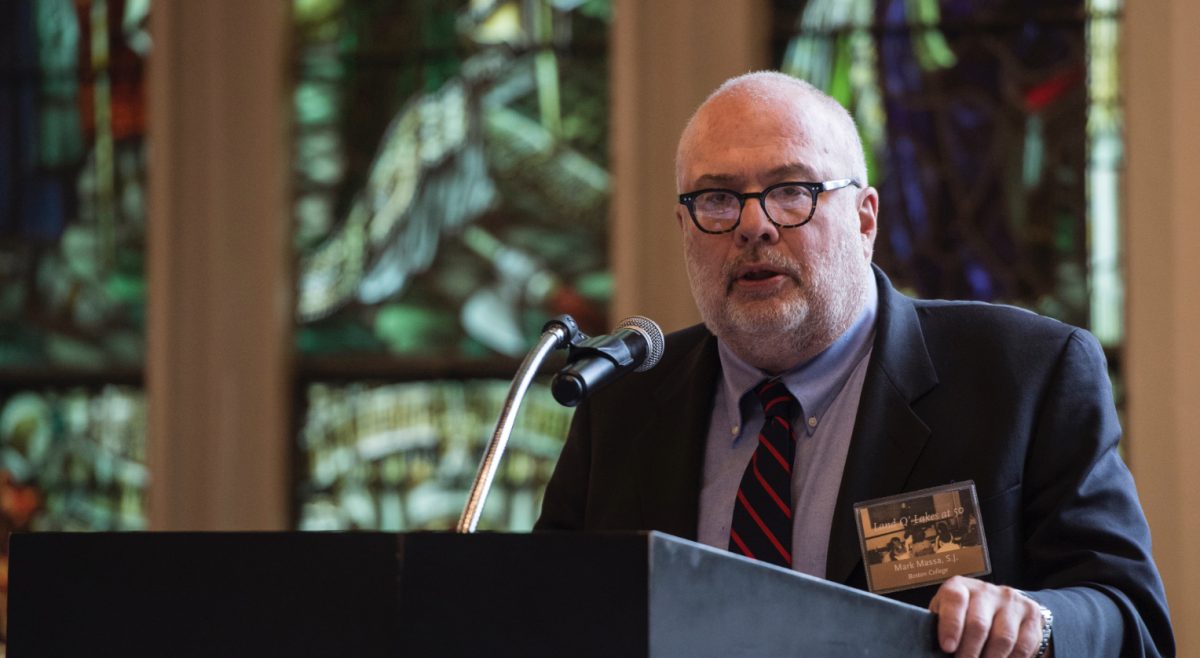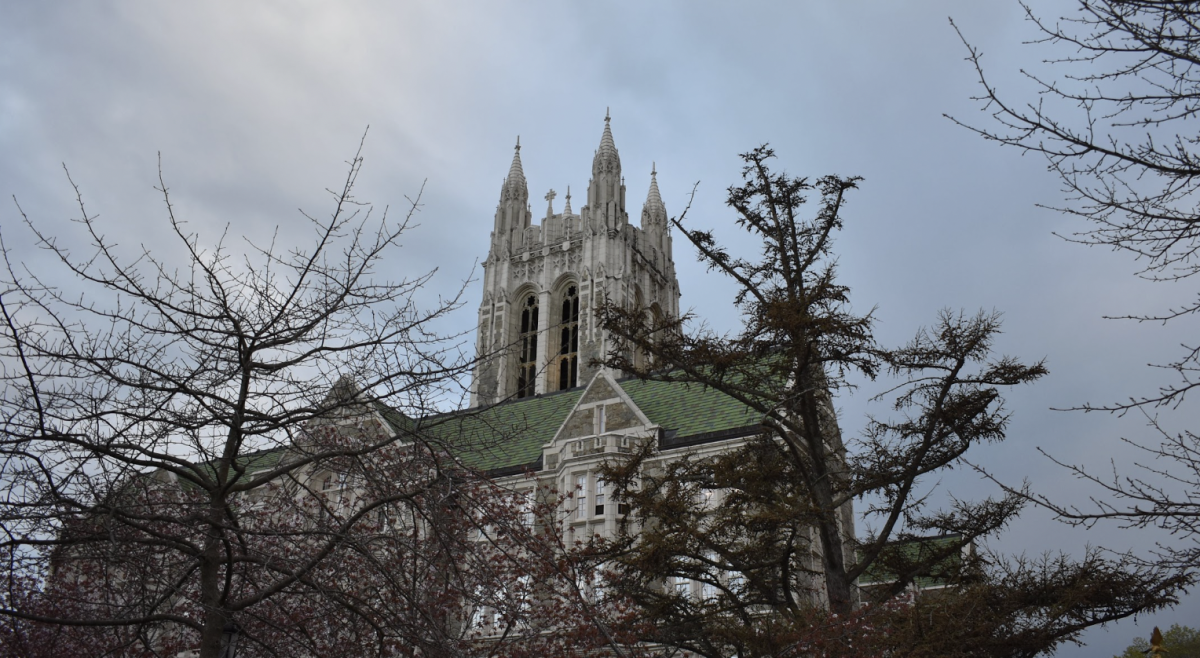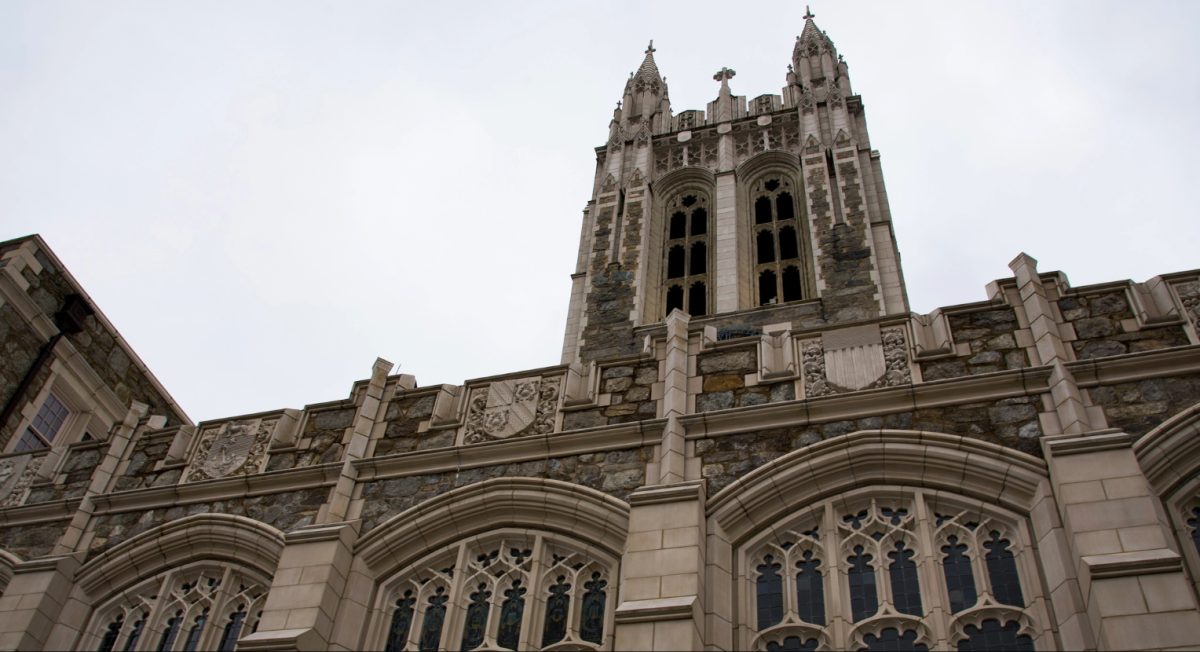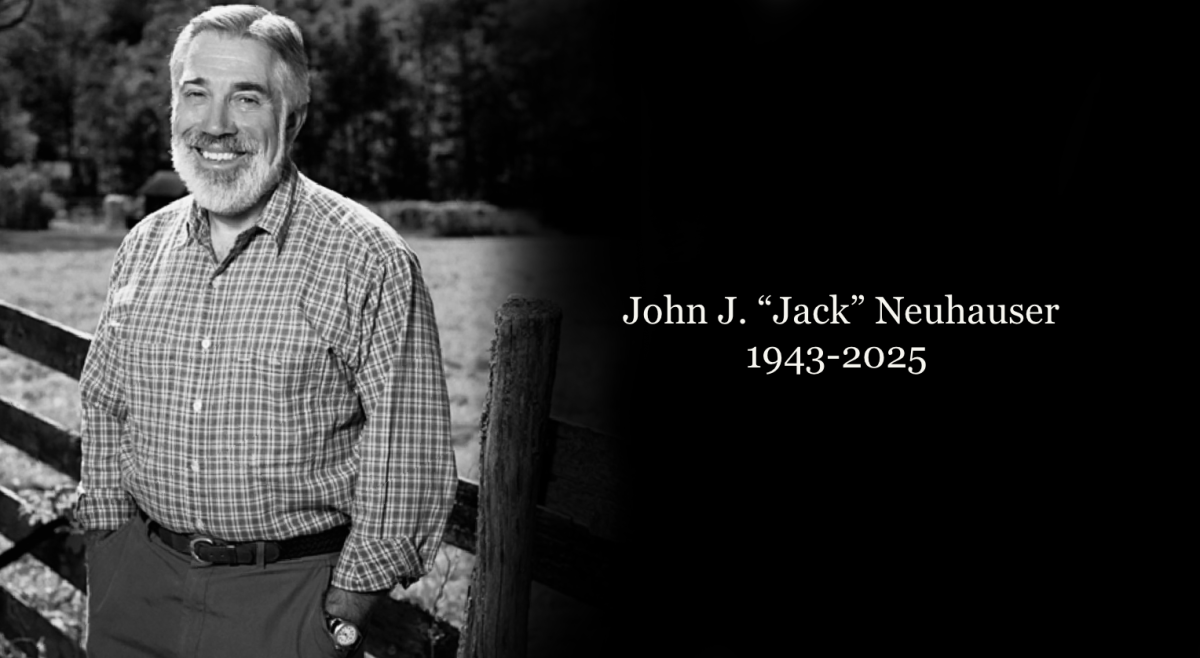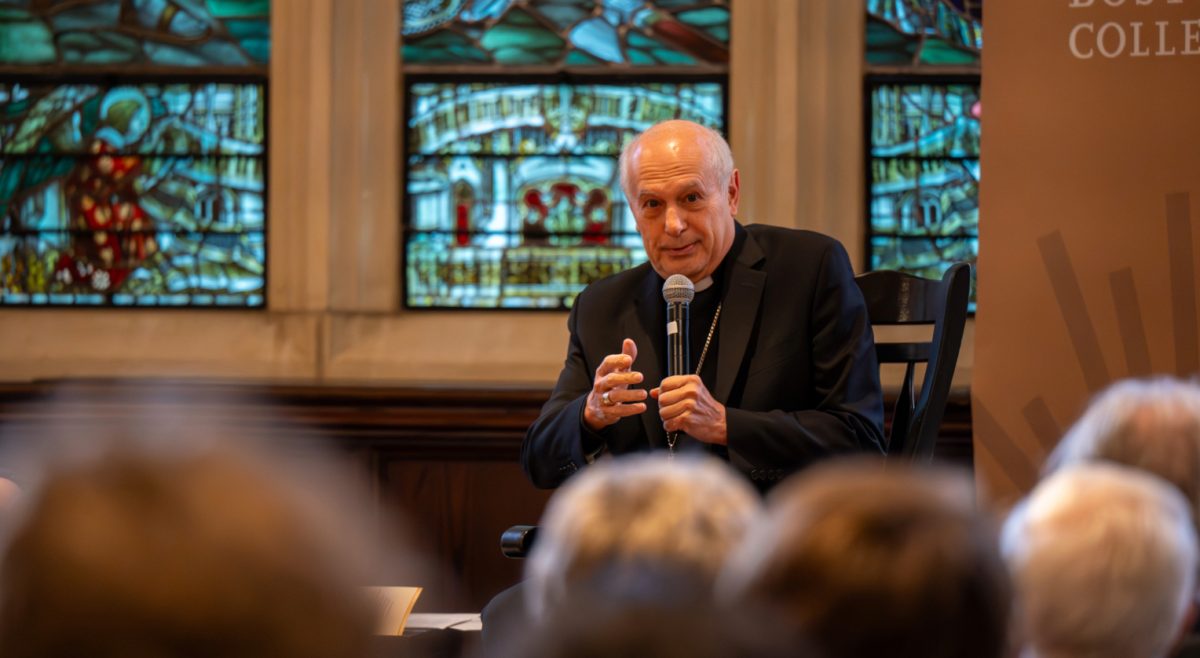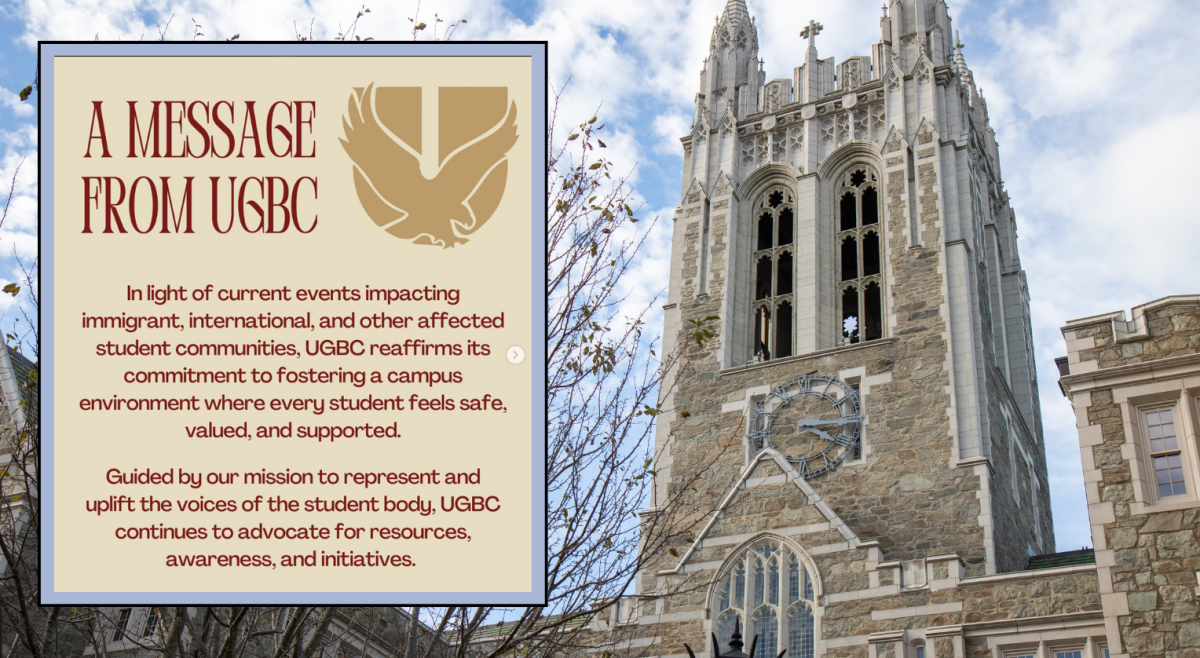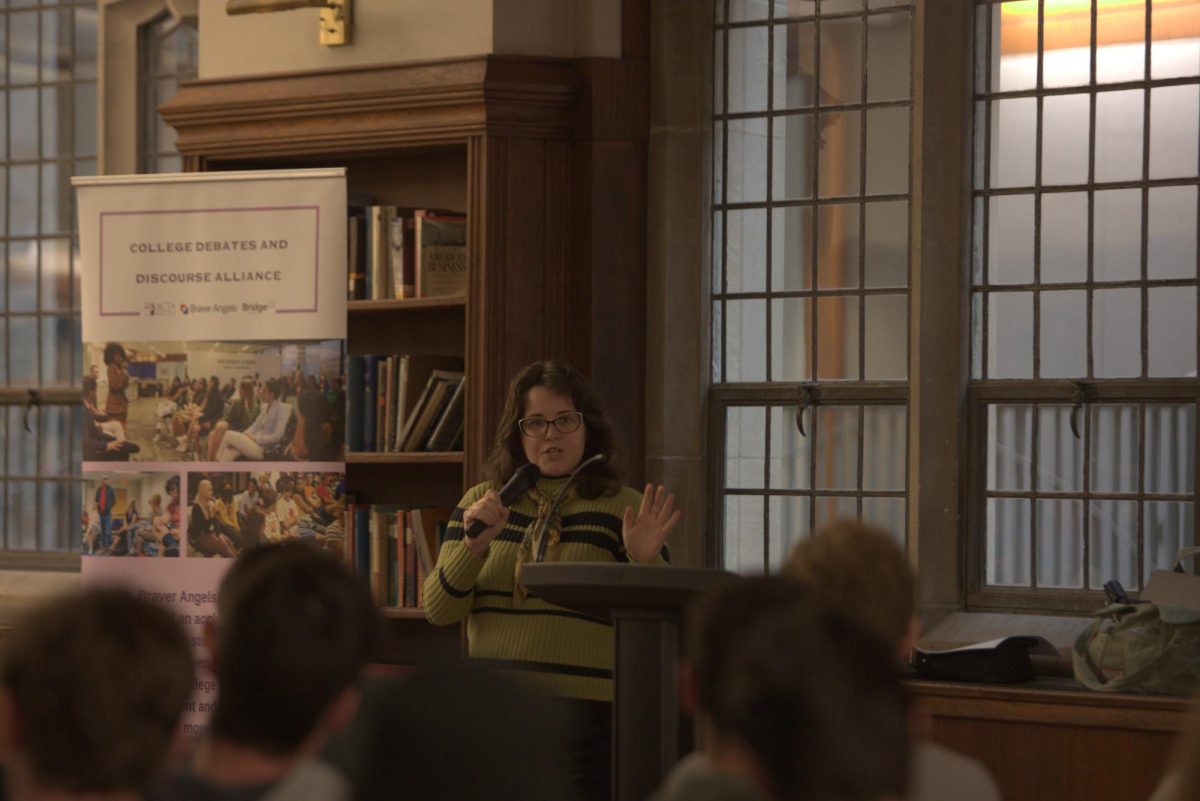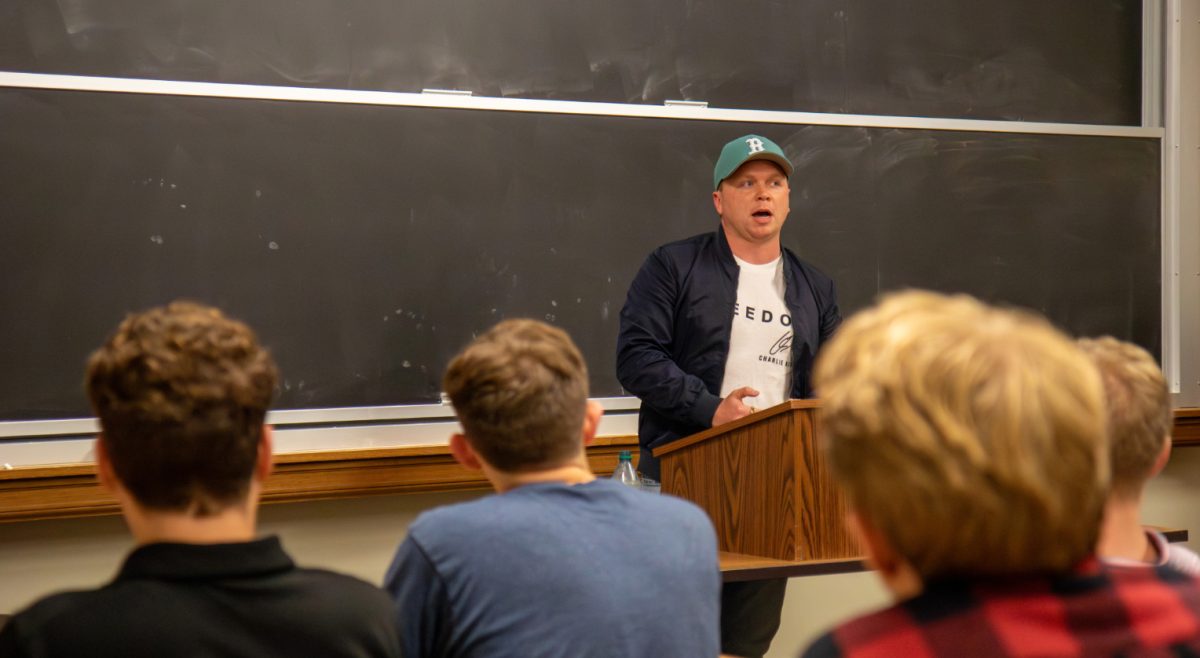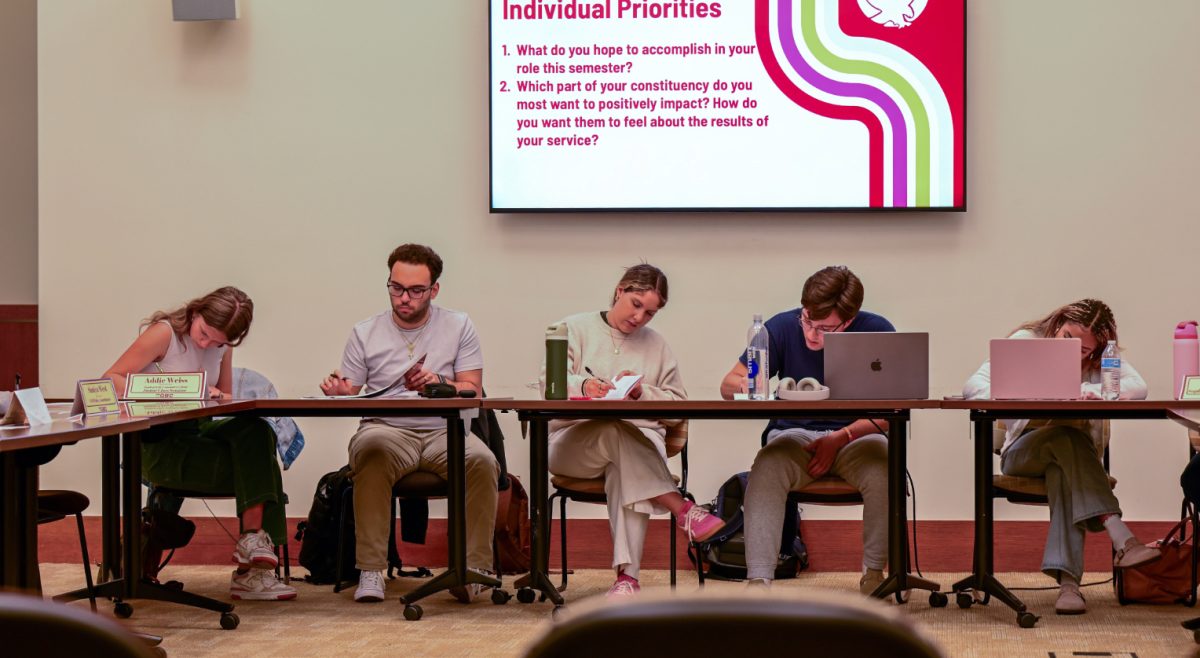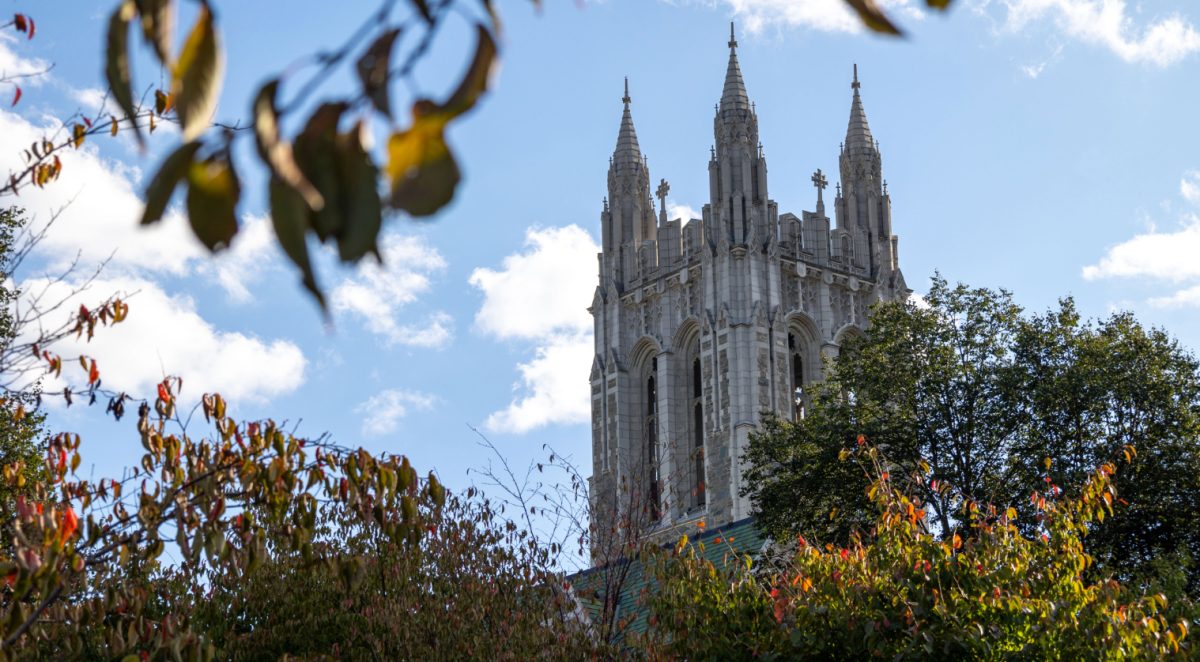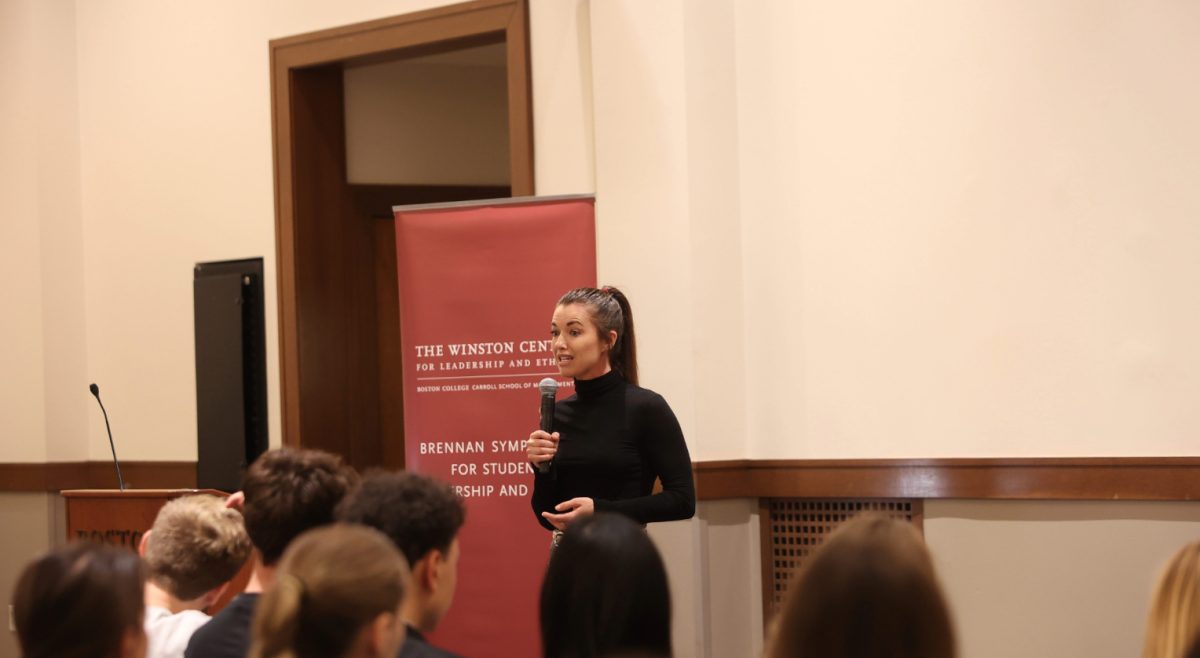“Their performances became a source for producing into being more in touch with their neighbors, alternative spaces, and spatial imaginaries that drew upon a communitarian ethic, cooperative economics, family togetherness, and a history of resistance,” Wright said.
The African and African diaspora studies department hosted Wright on April 12 as part of the New Directions Lecture Series. Wright discussed his latest project, a book on how Black artists in historically Black neighborhoods use art and public performance to create a vision of development rather than gentrification.
Wright began the lecture by saying that Third Ward, one of the oldest African American neighborhoods in Houston, Texas, is known for its political non-compliance and culture of art. Wright described the neighborhood as a hub for Black artists.
According to Wright, John Biggers was an artist well known for his murals, which depicted everyday life for Black residents in the Third Ward.
“As one of the earliest Black artists to study art in Africa, Biggers began incorporating the scenes of everyday life as well as West African cultural aesthetics into his works,” Wright said.
Because he viewed the row houses as the spiritual center for many communities in the Third-Ward neighborhood, Biggers connected the housing style to those he encountered in West Africa, according to Wright.
“These row houses have now become a part of the nation’s artistic imagination through the work of Rick Lowe, who was inspired by John Biggers’ artistic philosophy,” Wright said.
Wright said while artists such as Bigger have garnered attention from the community, little attention is paid to many homegrown artists. According to Wright, this lack of dedication to the arts is seen at Texas Southern University, as the arts department has low priority and allocation of funding.
“Equipment was practically non-existent and the faculty had to make do with inadequate facilities,” Wright said. “This meant teaching painting in classrooms without sinks and teaching drawing without paper.”
Even with these challenges, Wright said the students’ lack of supplies is made up for by their professors’ dedication to their personal and artistic development.
“For instance, each member receives training in various styles in his reverence for African traditions,” Wright said.
Wright then pivoted to discuss the impact of the Otabenga Jones and Associates’ 2014 installation, “Monuments: Right Beyond the Site.”
“The right to the city has been used to critique the variety of urban spatial formations and to support demands for spatial justice,” Wright said. “There exists a breadth of research that uses the concept to advocate for rights to housing, indigenous rights to the city, critical architecture, the effects of neoliberalism on public education, and rights to public space within global South cities.”
Wright said in 2014, Project Row Houses—a community art initiative in the Third Ward—unveiled its latest project, Monuments: Right Beyond the Site, where artists converted all seven houses into art installations to dedicate to the community.
“Each row house was dedicated to a particular Third Ward institution, Unity National Bank, Amateur Boxing Association, Young Women’s Christian Association, and the people’s party too, a neighborhood based political organization founded on the tenets of the Black Panther Party,” Wright said.
The art installation is a performance based on spatial theory that represents belonging in the city, according to Wright. At the conclusion of the talk, Wright said that the art installation acts as a representation of belonging in the city.
“However, this right is not founded upon the juridical rights of men,” Wright said. “Instead, it’s centered in the spatial and political practices of belonging.”

